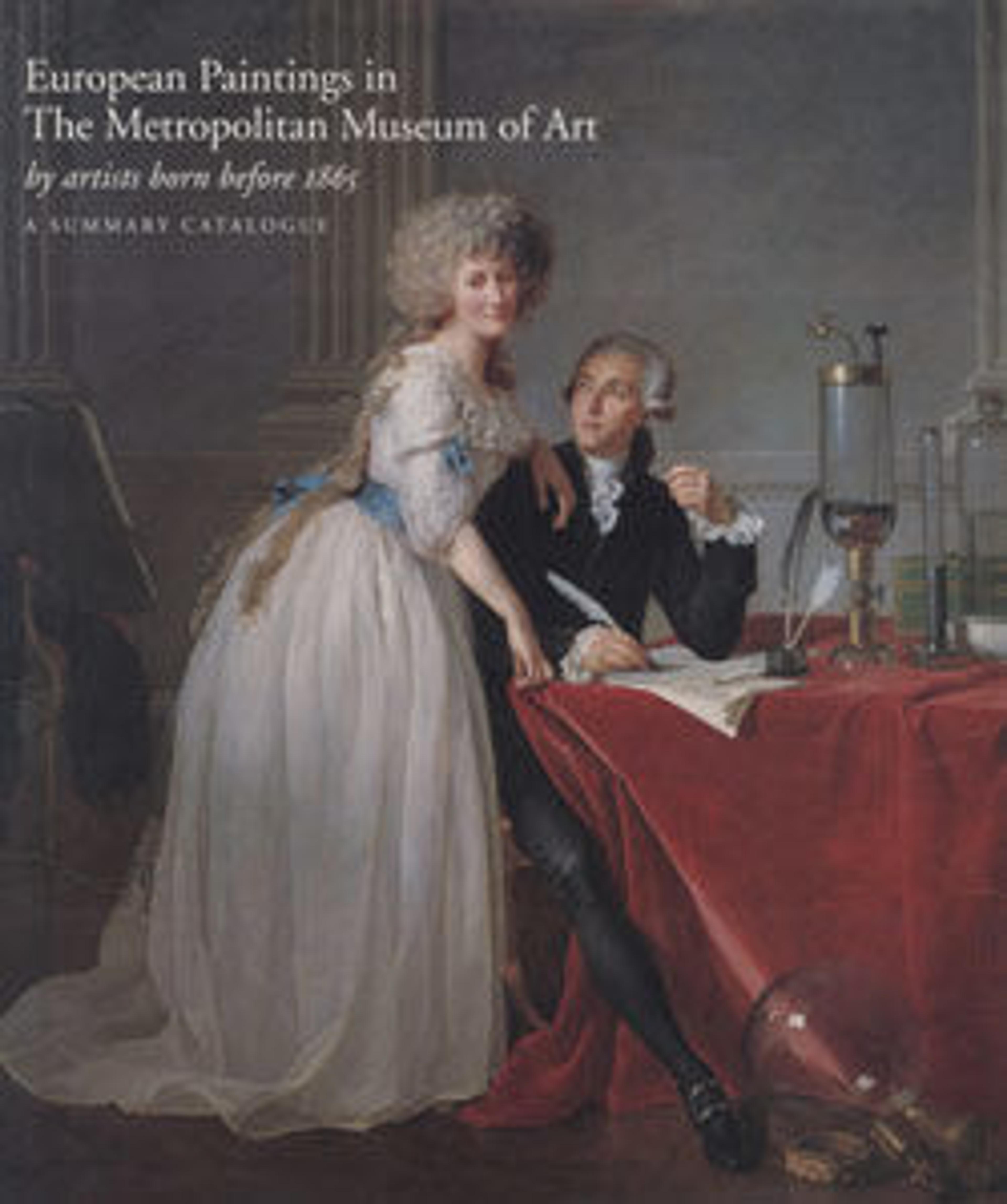Claviorganum
German harpsichords are extremely rare. This example by Herman Willenbrock is the only known instrument from this North German maker and includes both a harpsichord and organ (only the harpsichord is shown). The organ is played from the lower keyboard manual. This instrument was possibly made for George I and may have been known by Handel who visited the court in 1712.
Technical description: Two-manual harpsichord on replacement stand supporting one rank of wood pipes immediately below harpsichord and bellows across stretchers below; C (no. C#)-c3, 2x8' & 1x4' harpsichord registers and coupler; pinblock, nuts, pins, guides, jacks, ribs, bottom new in 1939 (former piano action removed); case exterior decorated with perhaps Dutch chinoiserie, lid interior shows oil landscape with Schulenberg Castle.
Technical description: Two-manual harpsichord on replacement stand supporting one rank of wood pipes immediately below harpsichord and bellows across stretchers below; C (no. C#)-c3, 2x8' & 1x4' harpsichord registers and coupler; pinblock, nuts, pins, guides, jacks, ribs, bottom new in 1939 (former piano action removed); case exterior decorated with perhaps Dutch chinoiserie, lid interior shows oil landscape with Schulenberg Castle.
Artwork Details
- Title:Claviorganum
- Maker:Herman Willenbrock
- Date:1712
- Geography:Hannover, Germany
- Culture:German
- Medium:wood, various materials
- Dimensions:W. 31 9/16 x D. 9 1/4 x L. 89 3/8 in. (80.2 x 23.5 x 227 cm)
c-b2 19 1/2 (49.5 cm)
stand: L. 92 in. W. 31 ½ in. H. 32 in. - Classifications:Chordophone and Aerophone-struck piano/ free reed keyboard, Paintings
- Credit Line:The Crosby Brown Collection of Musical Instruments, 1889
- Object Number:89.4.2741
- Curatorial Department: Musical Instruments
More Artwork
Research Resources
The Met provides unparalleled resources for research and welcomes an international community of students and scholars. The Met's Open Access API is where creators and researchers can connect to the The Met collection. Open Access data and public domain images are available for unrestricted commercial and noncommercial use without permission or fee.
To request images under copyright and other restrictions, please use this Image Request form.
Feedback
We continue to research and examine historical and cultural context for objects in The Met collection. If you have comments or questions about this object record, please contact us using the form below. The Museum looks forward to receiving your comments.
